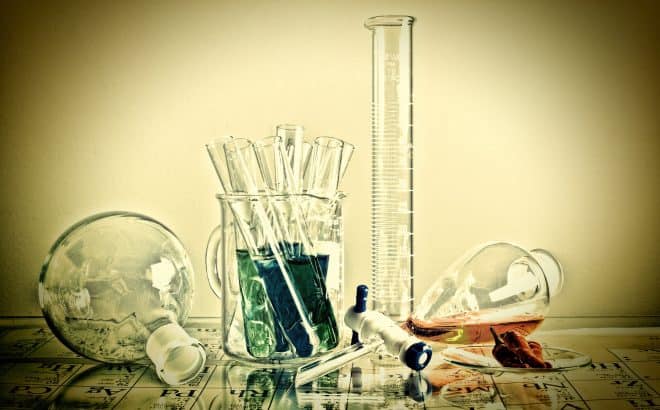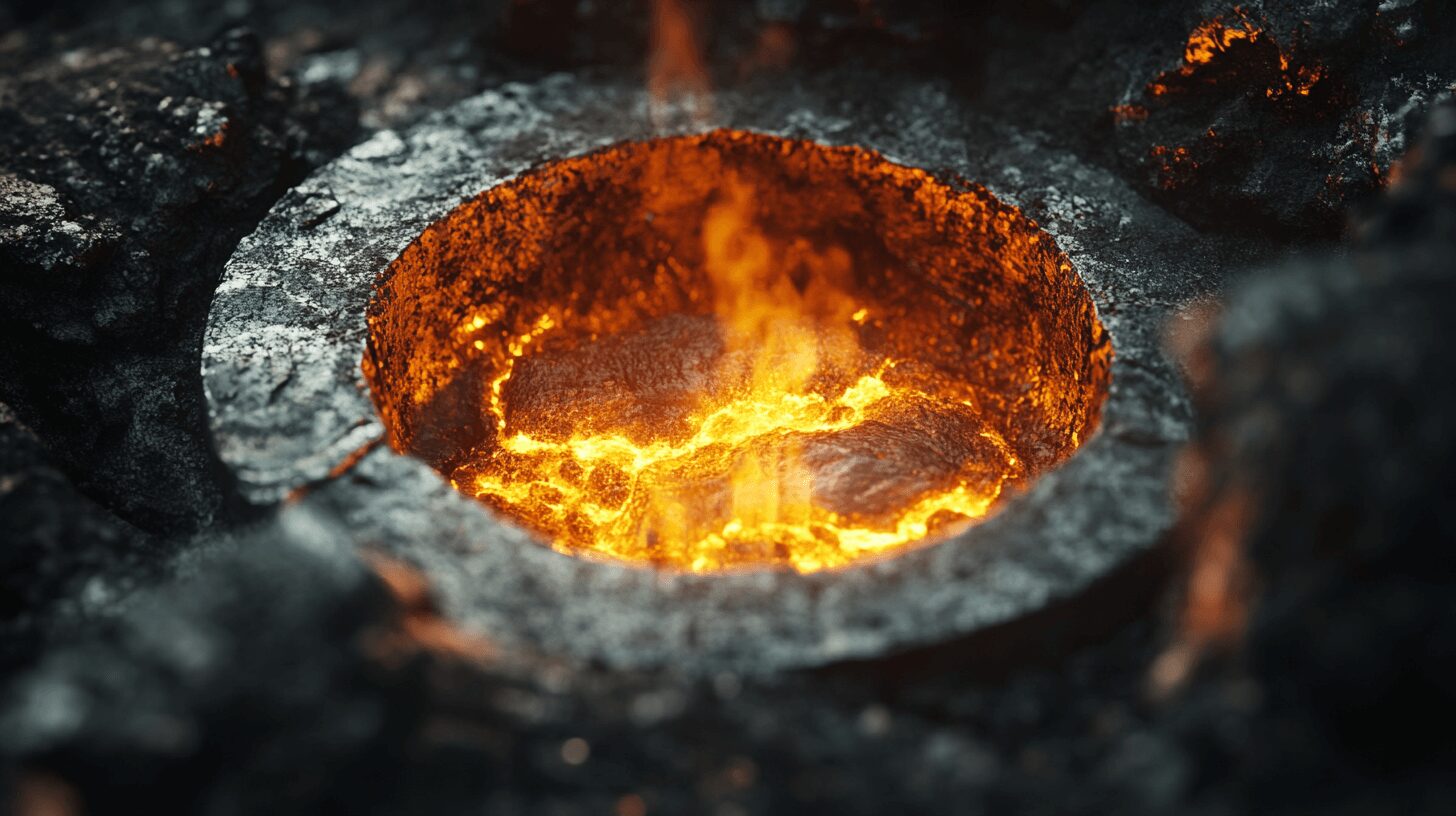Chemistry
Latest Articles

Ductility Explained: The Hidden Superpower of Metals
Explore how ductility powers next-gen metals through advanced microstructures and high-entropy alloy design.

The Future of Toxicology: Emerging Trends and Technologies
One of the most underrated fields is toxicology. These brave professionals have a surprisingly wide net of influence, and their work is rapidly developing to incorporate technology and new discoveries in ways that could change…

Bose-Einstein Condensate: A Fun Experiment or Untapped Potential?
In many scientific circles, the Bose-Einstein condensate (BECs) could be described as a myth or a futuristic essential. Some believe they could be a game-changing state of matter that enables the next generation’s technologies, while…

The Fascinating Chemistry of a Simple Candle Flame
Candles are a simple staple of birthday parties and cozy evenings, but they are deceptively complicated. Lighting the wick causes combustion, and the reactions are so ubiquitous to view that people miss the complexity behind…

How to Read the Periodic Table of Elements
Our guide makes it easy to read the periodic table of elements. Learn about atomic numbers, atomic mass, atomic symbols, and how to classify elements.

Properties of Noble Gases: Everyday Uses
What are the properties of noble gases and what uses do they have in everyday life? Find out why they conduct electricity and more now!

Low Melting Point Metals for Casting
What are low-melting-point metals for casting and how do they affect fabrication methods? Find out here.

Everyday Uses of Nonmetals
The properties of nonmetals vary due to the dramatic differences in these elements. However, they primarily appear as gasses. Keep reading to learn more.

Everyday Uses of Halogens
What are halogens, and where might you encounter them in your daily life? Keep reading to learn more about halogen properties and traits.

Everyday Uses of Metalloids
Finding the metalloids/ semimetals on the perodic table is hard. Read more to learn about what are metalloids and where might you use them in your life.

Everyday Uses of Lanthanides: The Rare Earth Elements
Also known as rare earth elements, these 14 elements all fall between the atomic numbers of 57 and 71 of the periodic table. Learn more now!

Everyday Uses of Actinides
Did you know that they used to use plutonium to power pacemakers? Keep reading to learn about the actinides properties and uses!